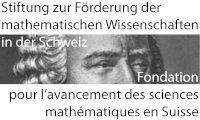Download the program, useful infos and the abstracts as pdf.
| Tuesday | Wednesday | Thursday | Friday | ||||
|---|---|---|---|---|---|---|---|
| 930–1030 | Erlandsson | 930–1030 | Ray | 930–1030 | Powell | ||
| coffee break | coffee break | coffee break | |||||
| 1100–1200 | Fanoni | 1100–1200 | Lisca | 1100–1200 | Teichner | ||
| 1300–1400 | Registration | ||||||
| 1400–1500 | Paris‑Romaskevich | 1400–1500 | Misev | 1400–1500 | Pereira | ||
| coffee break | coffee break | coffee break | |||||
| 1530–1630 | Marché | 1530–1630 | Bénard | 1530–1630 | Steinhart | ||
| 1900 | Dinner | 1630 | Question session | ||||
Titles and abstracts:
Olga Paris-Romaskevich:On a proof of the Tree Conjecture for triangle tiling billiardsDownload slidesTiling billiards are a class of dynamical systems that model movement of refracted light in heterogeneous media. In this talk the media is modelled by a periodic triangular tiling. We study a somewhat extravagant refraction law where a billiard trajectory moves through a tiling in a plane and each time when it crosses a border between two tiles, it refracts with a refraction coefficient equal to -1.
It happens that all bounded trajectories of such a system are periodic and that they have an interesting combinatorial feature - they are simple closed curve which do not contour triangles. In other words, the subgraphs of the lattice contained inside periodic trajectories are trees. We will prove this conjecture, formulated by Baird-Smith, Davis, Fromm and Iyer, by a series of pictures and ideas. The proof is elementary, and we hope our public will enjoy it.
Let us say that two elements in a group G overcommute if their lift in any central extension of G still commute. I will explain that some 3-manifold with torus boundary is responsible for this situation. Sometimes the manifold is hard to find and this can be measured by a kind of commutator length: I will discuss many examples. This is joint work with Livio Liechti.
Viveka Erlandsson: Mirzakhani's curve countingMirzakhani proved two theorems about the asymptotic growth of the number of curves in a mapping class group orbit on a surface: one for simple curves and another for general curves. In this talk I will discuss a new unified approach to proving both results, using very different methods to those of Mirzakhani.
Federica Fanoni: Big mapping class groups acting on homologyTo try and understand the group of symmetries of a surface, its mapping class group, it is useful to look at its action on the first homology of the surface. For finite-type surfaces this action is fairly well understood. I will discuss joint work with Sebastian Hensel and Nick Vlamis in which we deal with infinite-type surfaces (i.e. whose fundamental group is not finitely generated).
Filip Misev: Algebraic knots, L-spaces and concordanceTorus knots are lens space knots: they admit surgeries to lens spaces. This classical theorem has a modern analogue in terms of Floer homology: algebraic knots are L-space knots. I will present knots which do not admit L-space surgeries despite strikingly resembling algebraic knots and L-space knots in general. More precisely, we will see a method which allows to construct infinite families of knots of arbitrary fixed genus g > 1 which are all algebraically concordant to the torus knot T(2,2g+1) of the same genus and which are fibred and strongly quasipositive.
Besides the study of L-spaces, these knots are of interest in the context of knot concordance, in particular Fox's slice-ribbon question, as well as Boileau and Rudolph's question, or Baker's conjecture, on the independence of strongly quasipositive fibred knots in the concordance group. Joint work with Gilberto Spano.
Given a hyperbolic manifold M of finite volume, we study a family of twisted polynomial invariants of M, the twisted Alexander polynomials. We show an asymptotic formula for the behavior of those polynomials on the unit circle, and recover the hyperbolic volume as the limit. It extends previous works of Muller (for M closed) and Menal-Ferrer-Porti. This is a joint work with Jérôme Dubois, Michael Heusener (Clermont-Ferrand) and Joan Porti (Barcelone).
Arunima Ray: Isotopy and equivalence of knots in 3-manifoldsIt is a well-known fact that the notions of (ambient) isotopy and equivalence coincide for knots in the 3-sphere, since any orientation-preserving homeomorphism of the 3-sphere is isotopic to the identity. We compare these notions for knots in more general 3-manifolds. Joint work with Paolo Aceto, Corey Bregman, Christopher W. Davis, and JungHwan Park.
Paolo Lisca: On uniqueness of symmetric union diagramsDownload slidesIt is an interesting open question whether every ribbon knot admits a symmetric union diagram. Michael Eisermann and Christoph Lamm raised the question of uniqueness of such representations and introduced symmetric Reidmeister moves, showing that symmetrically inequivalent diagrams can be detected using a refined version of the Jones polynomial. I will talk about joint work with Carlo Collari on the uniqueness problem. We define invariants of symmetric equivalence using refined versions of topological spin models. I will describe how such invariants can distinguish inequivalent symmetric union diagrams and, if time permits, sketch an alternative approach to the uniqueness problem which quickly leads to the resolution of a question left open by Eisermann and Lamm.
María Pe Pereira: Moderately discontinuous homologyI will introduce a new notion of metric homology for (sub)-analytic germs. I will give the definition, main properties and some applications.
You can think of germs of singularities, that is, germs of possibly singular subsets in R^n defined as the zero locus of polynomials or analytic functions. Such a germ is topologically a cone. It inherits in a natural way two different metrics from the euclidean metric in the ambient space which are called the inner and the outer metric. In the last decade there have been many works about the interaction of these metric structures with other properties of the singularities.
The Moderately Discontinuous Homology is attached to any of these metric germs: more concretely, for every real number b, we have the b-MD Homology group of a metric germ, where b is called the "discontinuity parameter". It satisfies adequate forms of all axioms and computational tools of an ordinary homology theory: relative homology sequence, Lipschitz homotopy invariance, Mayer-Vietoris, excision... A distinguishing feature of the theory is the functoriality for maps allowing a controlled type of discontinuities in the Lipschitz sense.
We will also see examples of applications such that the study for a germ of a complex irreducible plane curve where one can recover the Puiseux exponents from the MD Homology, the characterization of the smooth point or some homological obstructions to be metrically conical. It can be also used to study in some cases if the inner and the outer metric of a germ are the same up to bilipschitz equivalence (that is, whether the germ is Lipschitz normally embedded or not).
This is a joint work with J. Fernández de Bobadilla, S. Heinze and E. Sampaio.
Culler-Vogtmann Space alias Outer Space CVn is the moduli space of marked finite metric graphs without leaves. As a motivation to study Outer Space we will see that its elements arise as degenerations in Teichmüller space, that is contractions of multicurves in marked Riemann surfaces. Afterwards we will discuss the Lipschitz-metric on CVn and its envelopes, that is the set of all geodesics between two points. We will see, that envelopes determine the simplicial structure of reduced Outer Space, which implies, that the isometry group of reduced Outer Space is the isometry group of Outer Space.
Mark Powell: Slice discsGiven a slice knot, how many different slice discs can it have? I will discuss some results in this direction, obtained during work with Anthony Conway and Allison N Miller.
Peter Teichner: Knotted 2-spheres in 4-and 5-manifoldsDownload slidesWe'll first discuss a complete homotopy versus isotopy classification for embeddings of 2-spheres into any oriented 5-manifold N. We'll translate it into a Reidemeister move description if N = M x R and then discuss conditions under which the same classification holds in the 4-manifold M. This includes a general "light-bulb theorem" in the case the 2-spheres have a common dual in M. The talk is a report on joint work with Rob Schneiderman, the 4D-story is available on the ArXiv.




